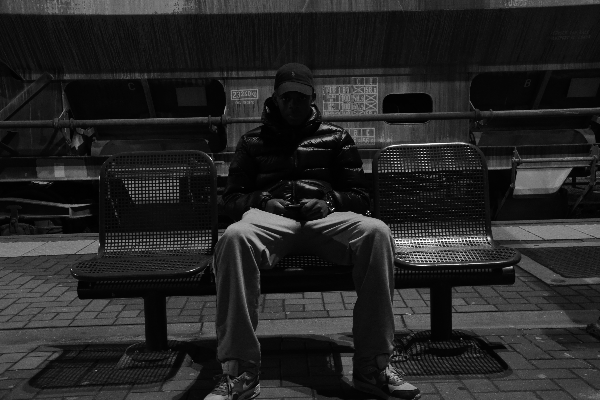Why 'Stranger Danger' Isn't Enough: Introducing Your Kids to 'Tricky People'
 The Evolution from "Stranger Danger" to "Tricky People"
The Evolution from "Stranger Danger" to "Tricky People"As parents, our instinct is to protect our children from harm. One of the earliest lessons many of us teach our kids is about "stranger danger." While this teaching has its merits, a more modern and nuanced approach suggests that we should also teach our children about "tricky people." In this parenting blog, we'll delve into the concept of "tricky people" and why it's crucial to include this lesson in your child's safety education.
What is a "Tricky Person"?
The term "tricky person" was conceptualised by Pattie Fitzgerald and offers a more comprehensive approach to child safety. Unlike the "stranger danger" warnings, which can be limiting, teaching your child about "tricky people" focusses on identifying specific behaviours that could signify a potential threat. The unsettling reality is that harm to children often comes from people they already know, making this approach more in tune with real-world risks.
Signs Your Child Should Look Out For
It's important to teach our children the various signs that could indicate they're dealing with a tricky person. These signs include:
Encouraging Secrecy: Tricky people may ask a child to keep secrets from trusted adults, isolating the child further.
Ignoring Boundaries: These individuals may ignore a child's personal space, making them uncomfortable.
Isolating the Child: Red flags should go up if someone insists on being alone with a child.
Using Bribes or Rewards: Offering treats or promises of fun activities to win trust is another tactic.
Ignoring Parental Presence: Tricky people might act in a way that undermines or disregards the parent's authority.
Creating Urgency: Creating a hurried atmosphere can pressurise the child, making them more susceptible to manipulation.
How to Discuss "Tricky People" with Your Kids
Age-Appropriate Language
Keep the conversation simple and tailored to your child's age and understanding. Using complicated language or scare tactics can backfire, causing unnecessary fear or confusion.
Empower Your Child
Always start these discussions by emphasising the child's ability to make good decisions and trust their instincts.
Focus on Behaviour Over Labels
The emphasis should be on identifying dangerous behaviours rather than categorising people as "strangers" or "known."
Role-Playing and Questions
Act out scenarios where your child could potentially encounter a tricky person. Encourage them to ask questions and express their thoughts and feelings openly.
Conclusion: Equip, Don't Scare
It's our responsibility as parents to equip our children with the tools they need to protect themselves. Teaching them about "tricky people" offers a more holistic approach to their safety. By focusing on behaviours and empowering them to trust their instincts, we give them a proactive role in their own well-being. So the next time you discuss safety with your children, remember to go beyond "stranger danger" and introduce the concept of "tricky people."
 Blog
Blog